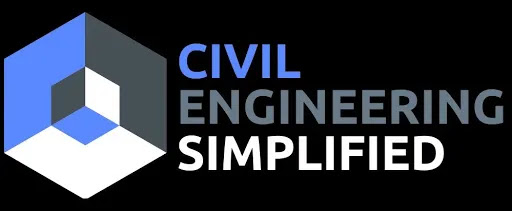DESTRUCTIVE TESTING SYSTEMS IN CONSTRUCTION
The most common destructive test is load test and is used to assess the strength of concrete structural elements. Load testing is sometimes used as an alternative method of assessing structural capacity. Load tests are usually carried out for one of the following reasons:
- There are still doubts about the satisfactory performance of the structure under load after a survey and local testing.
- It is difficult or impossible to determine adequate information about the structure and ft materials.
- Verification of structural analysis in cases where the complexity of the structural form does not lend itself to rigorous analysis
Deficiencies in detail, material or construction are suspected and such deficiencies would mean that the normal procedures or assumptions on which structural analysis is based were not appropriate. After confirming that the reinforcement did not go in to plastic, it was decided to conduct full scale load tests on the beams, so as to determine the load carrying capacity of the cracked beams and compare it with original design strength before any remedial measures are suggested. Accordingly load tests were conducted on most distressed beams. The following aspects were set for during the testing programme.
- To conduct the load test on beams up to 1.25 times the designed live load.
- To monitor the deflections and recovery of the beams during incremental loading and unloading
- To compare the actual deflections with that of theoretical deflections
 |
| what is Destructive testing system in construction |
Assessment of existing concrete structures
It has been learnt that concrete structures require a closer inspection, not only immediately after construction but also periodically at a regular interval. The quality control measures during construction, generally, consist of workability tests on fresh concrete and cube compressive strength of concrete samples, after some specified days of curing. It is a well known fact that the results of the above tests do not reflect the true quality of the concrete, existing in the concrete structure because the quality of a concrete structure depends on many factors such as method of mixing, transporting, placing, compacting and curing of concrete. While concrete members with certain amount of imperfections can satisfy the requirements relating to strength and serviceability, such concrete may not satisfy durability requirements.
Assessment of quality of concrete is necessary to ensure that the quality of execution. satisfactory and to identify any deficiencies so that they can be rectified. This can be achieved only by conducting some in-situ tests on the structures besides visual inspection. The in-situ tests are non-destructive tests and partially destructive tests. These tests measure indirectly the strength of concrete except in the case of core test, where direct evidence on the condition of concrete and a measurement on compressive strength are possible. These testing methods are in use for evaluating existing concrete structures with regard to their strength apart from assessment and quality control of hardened concrete.






0 Comments